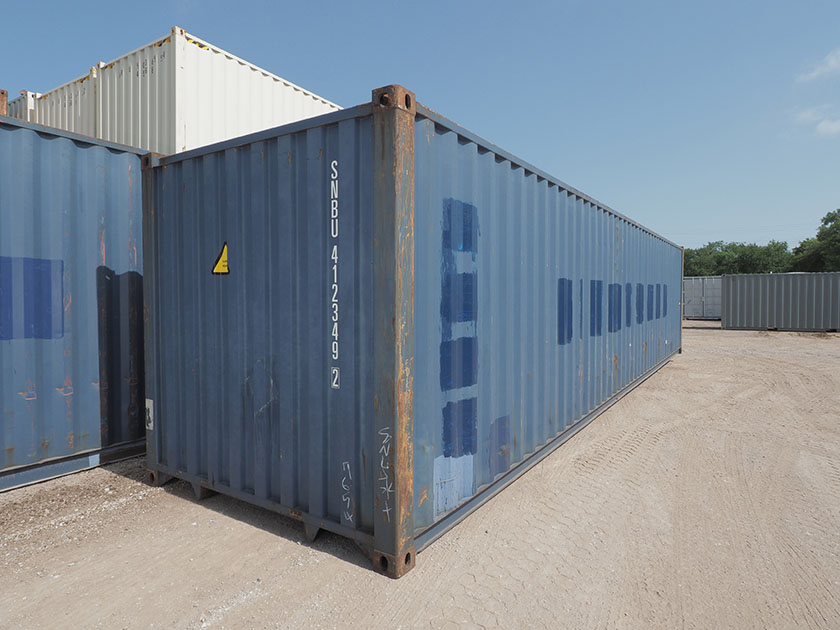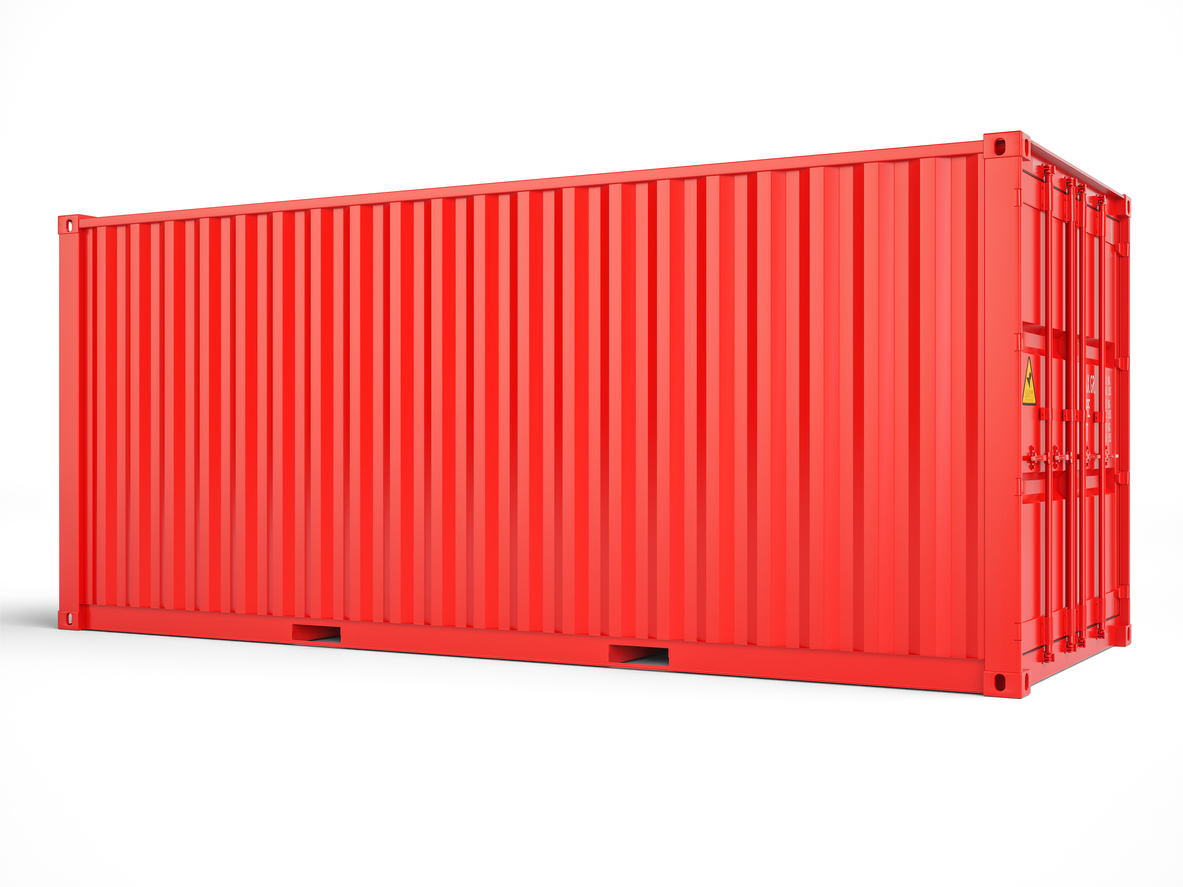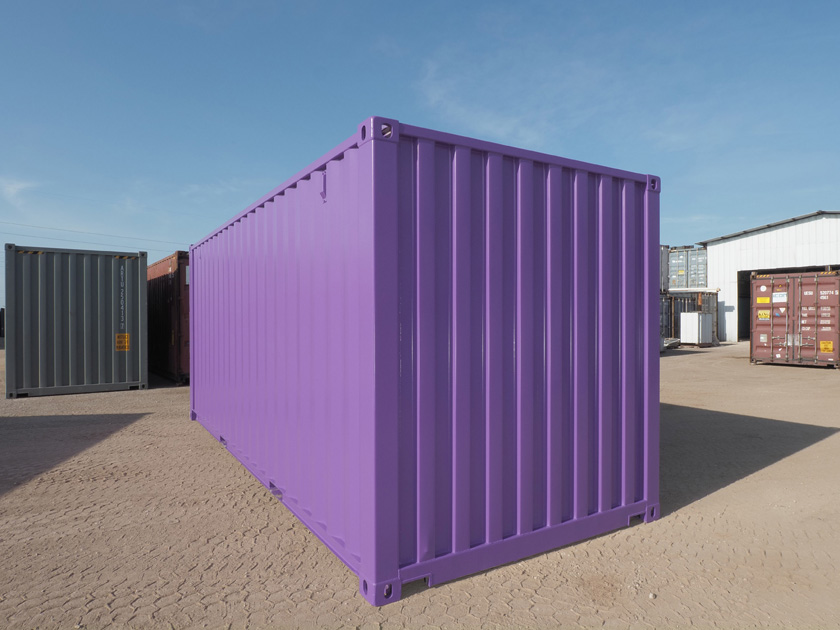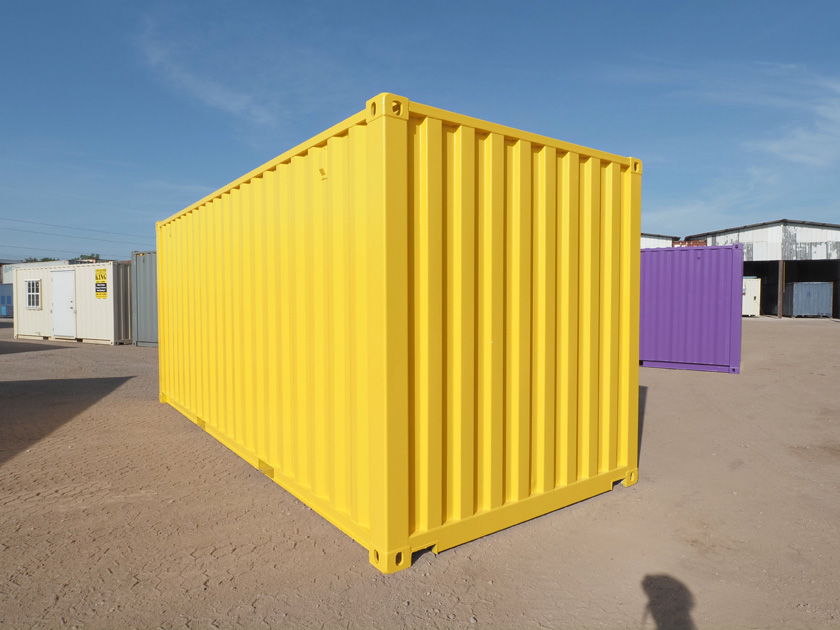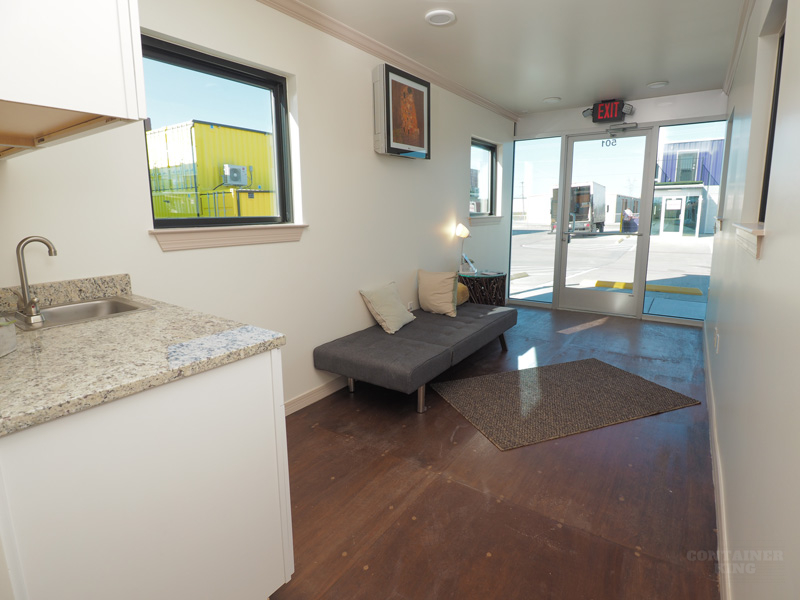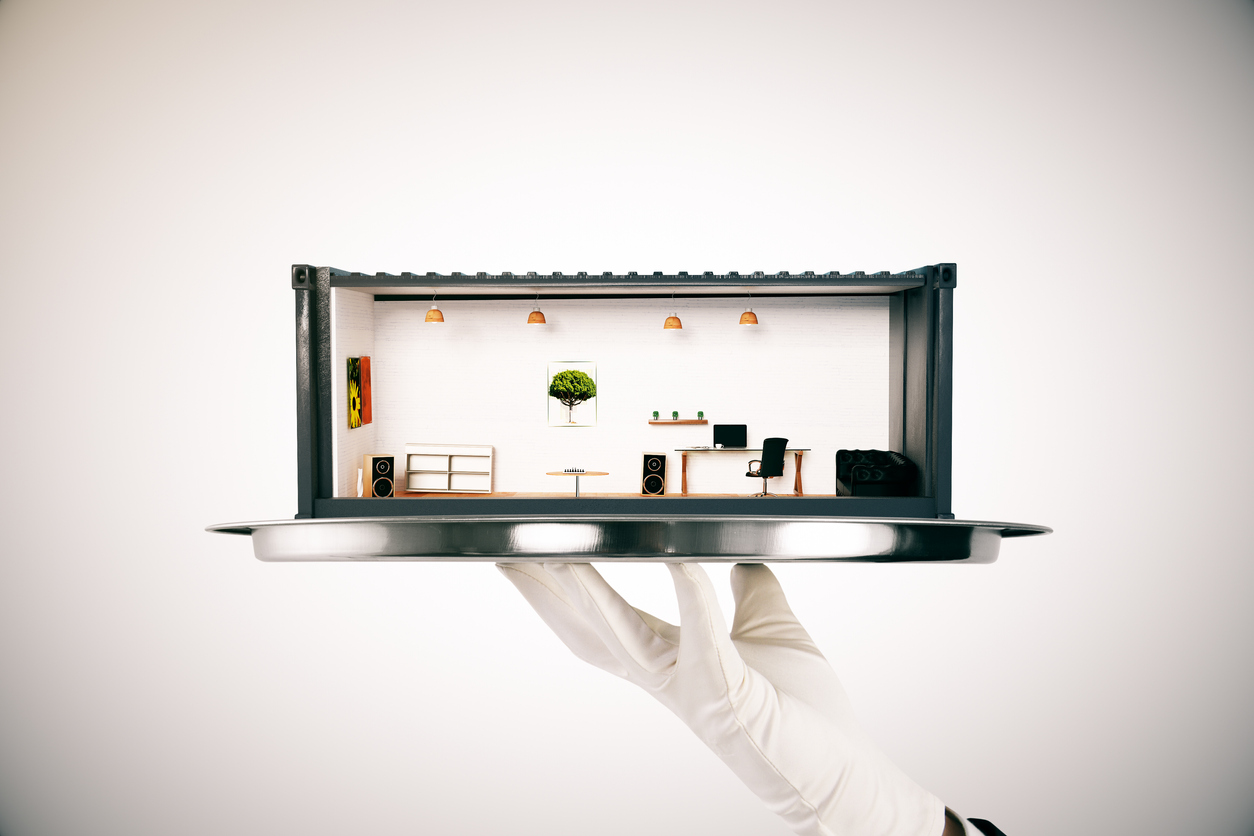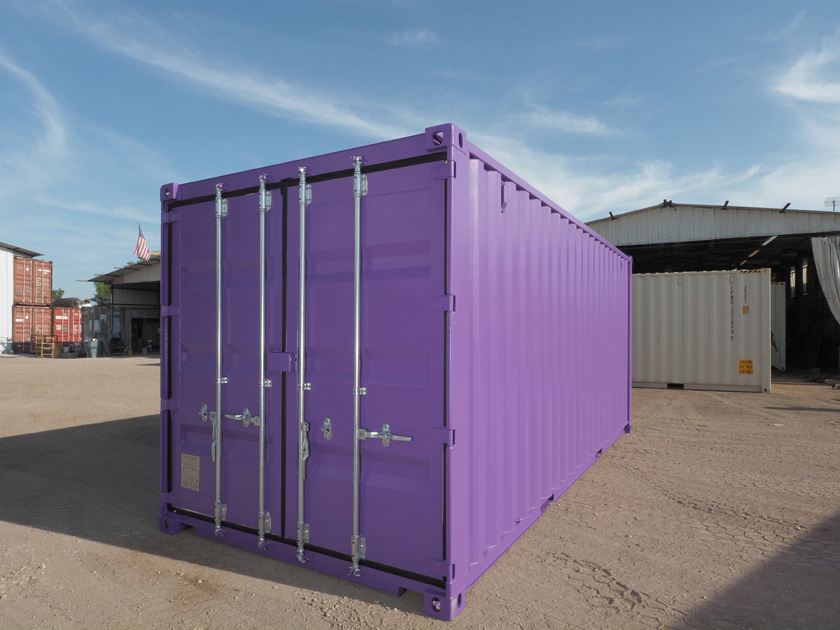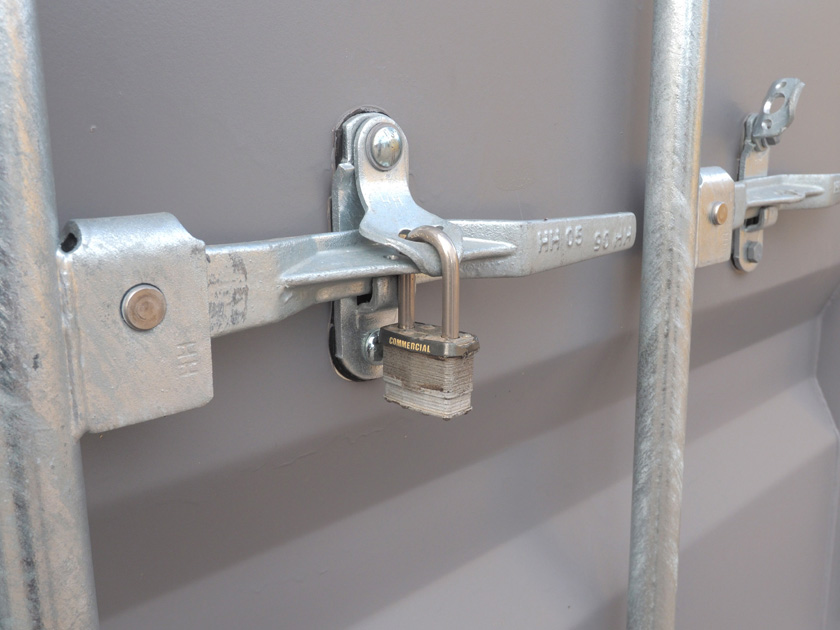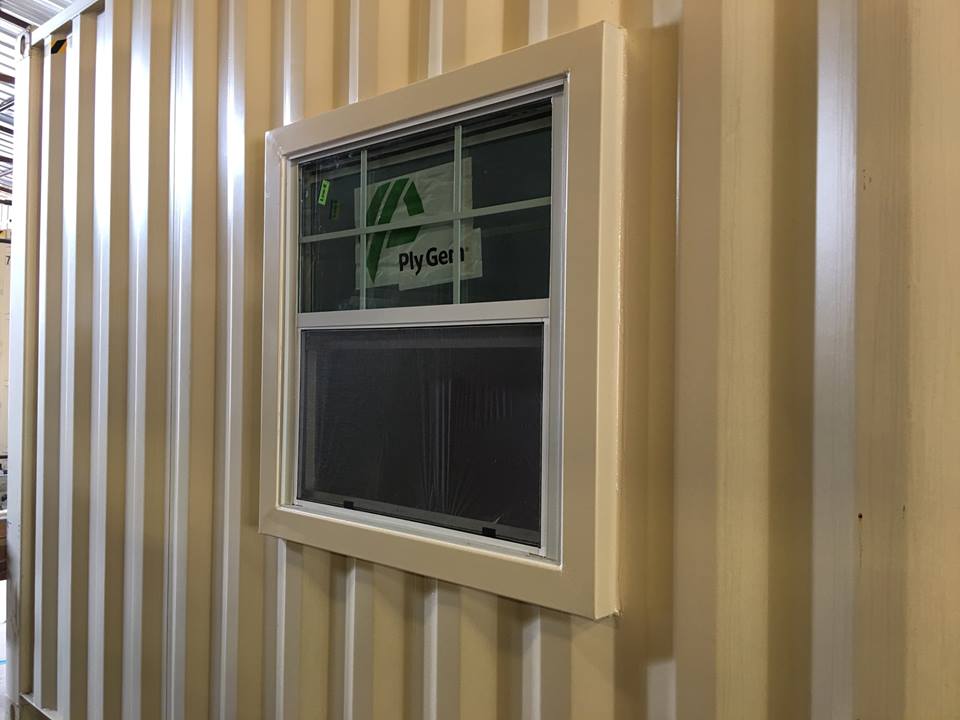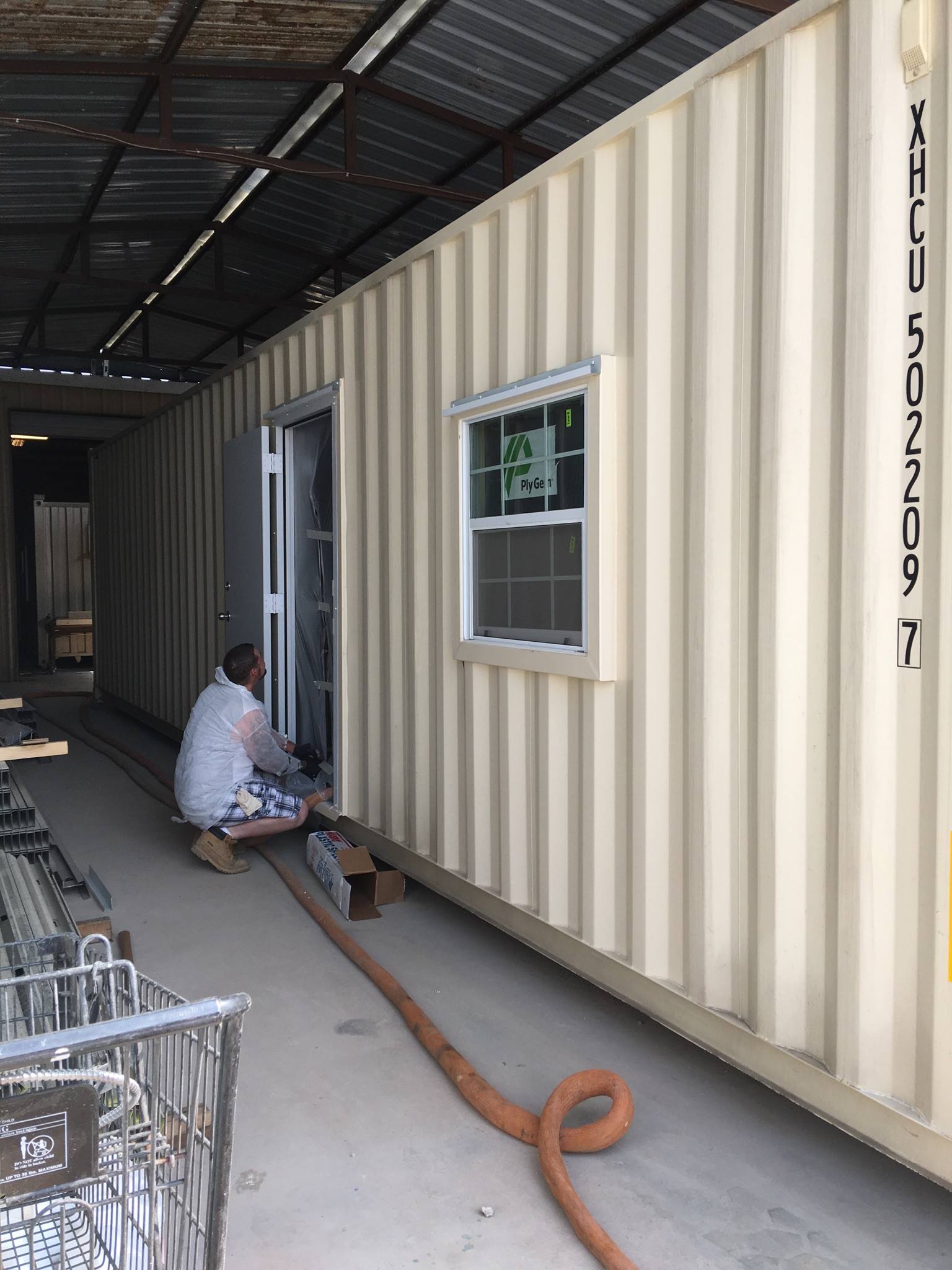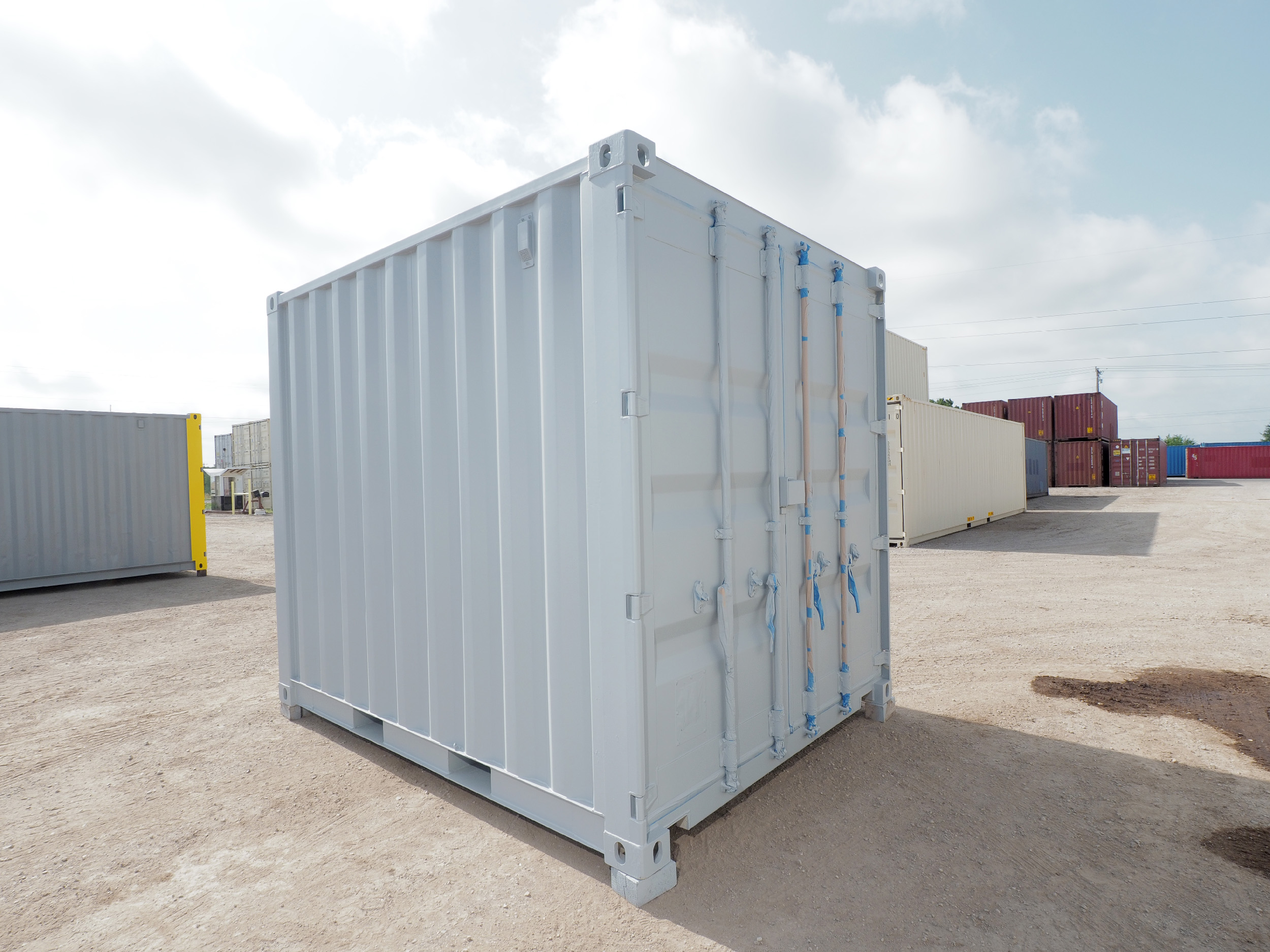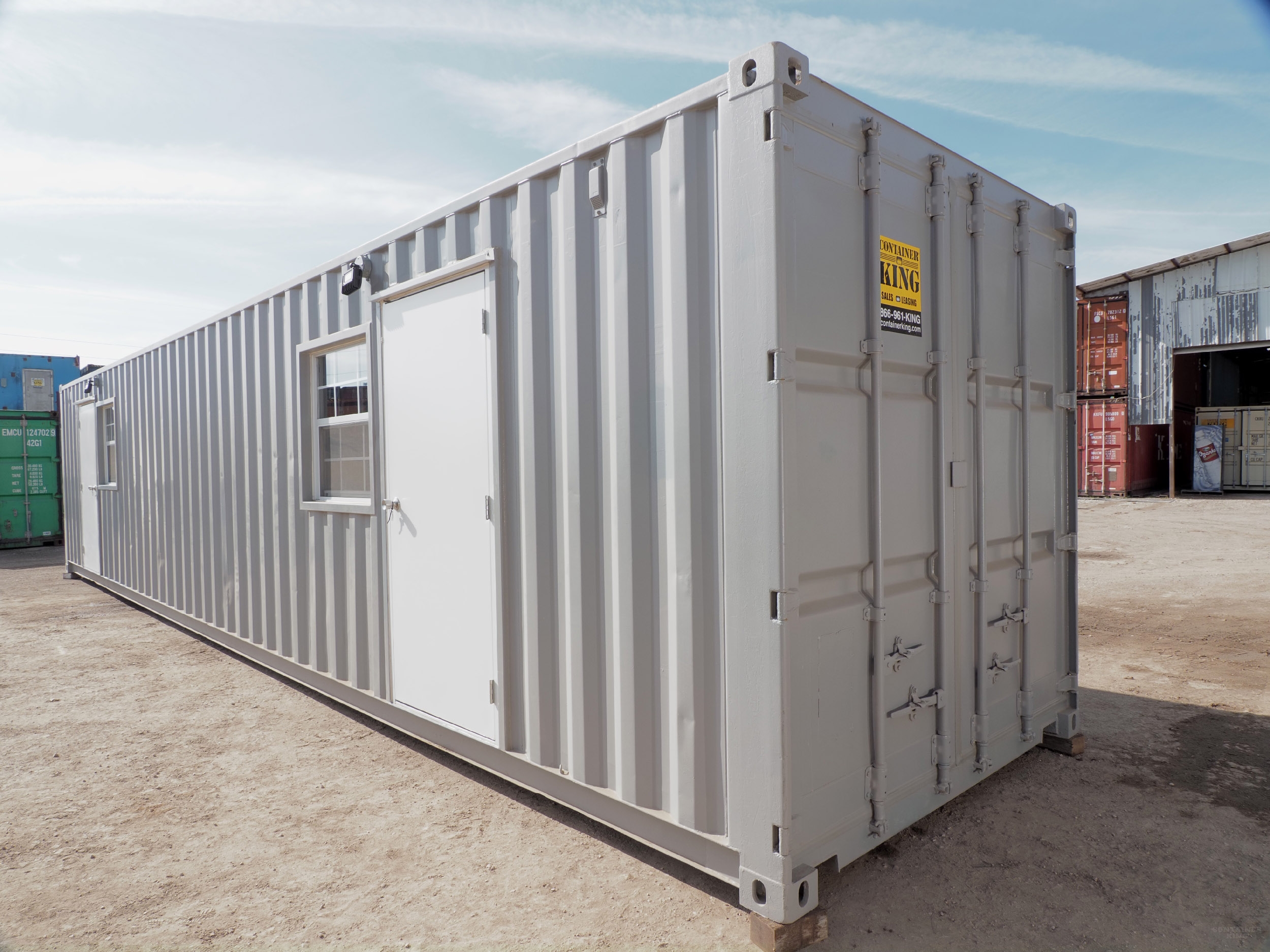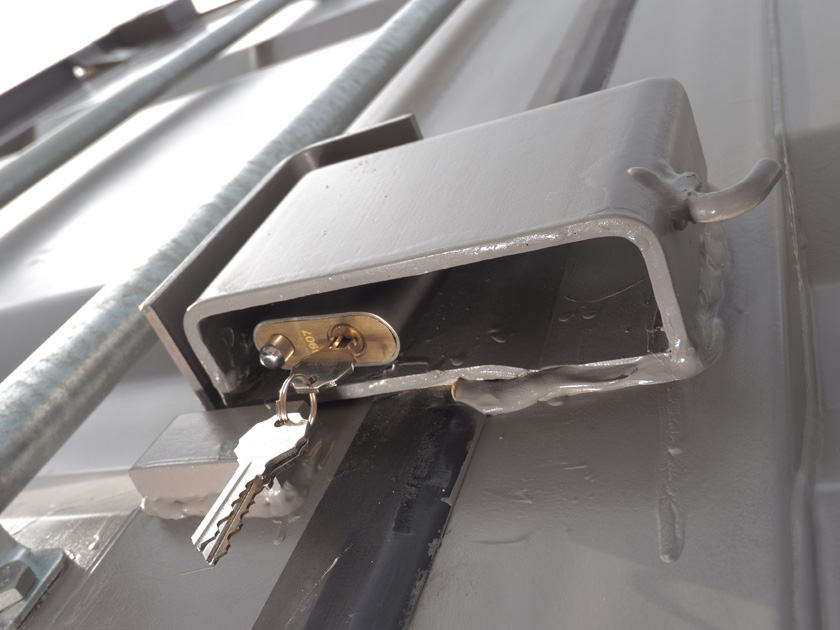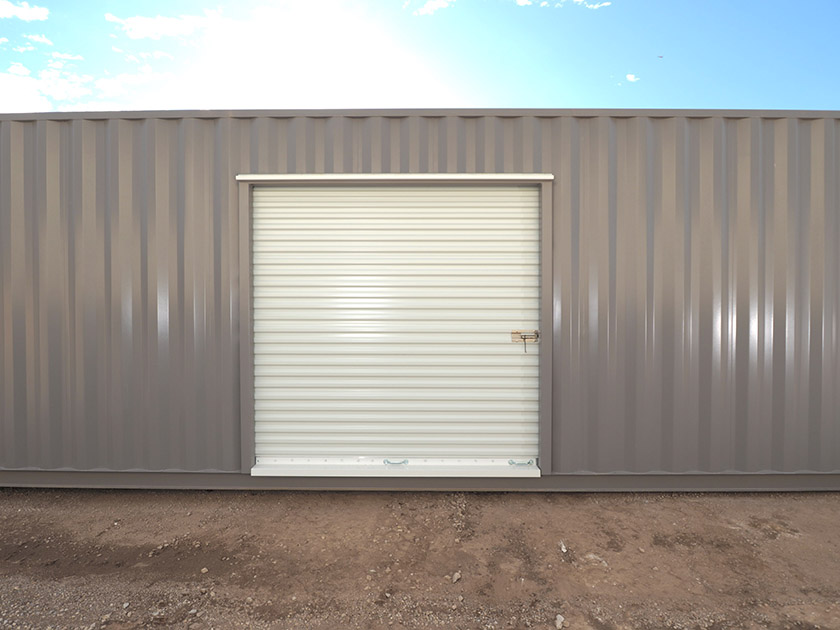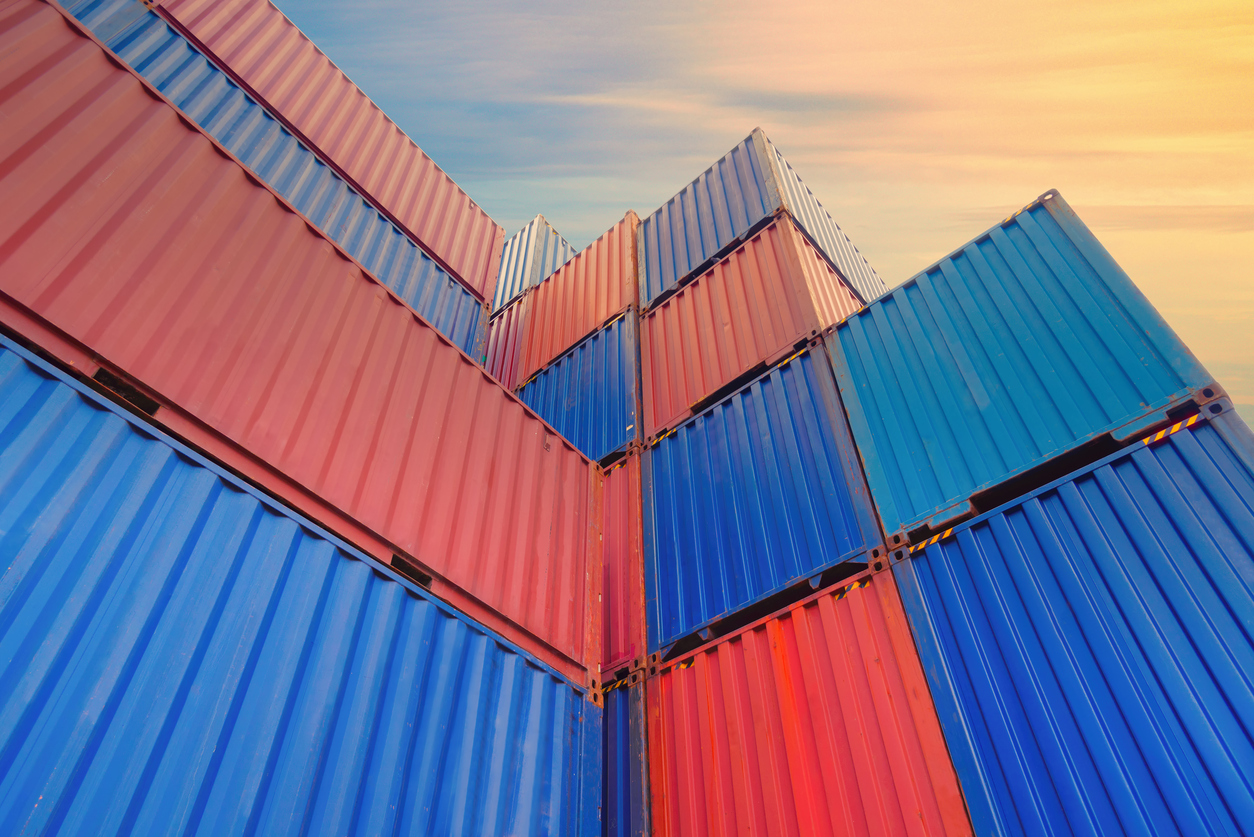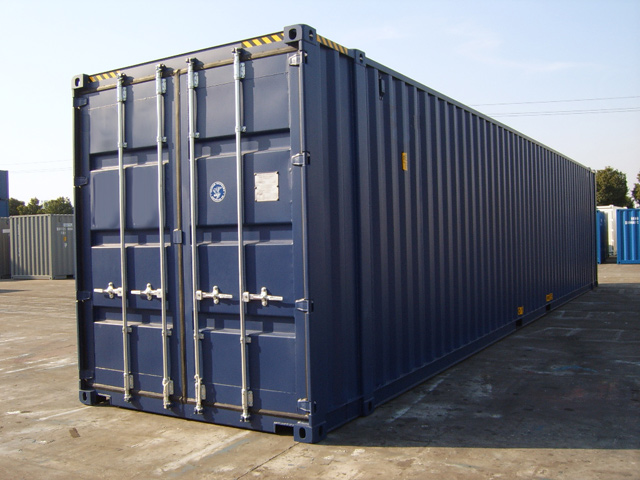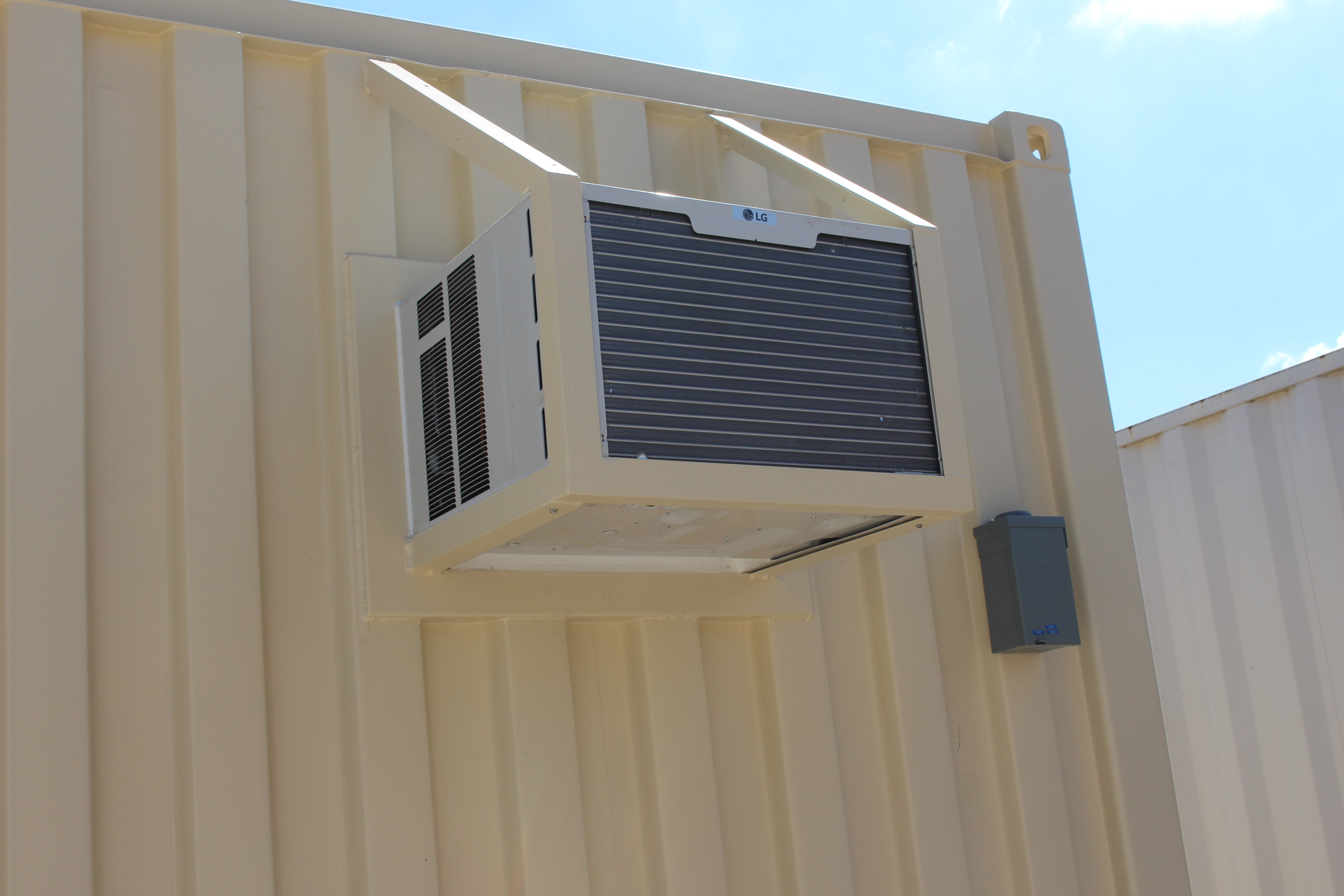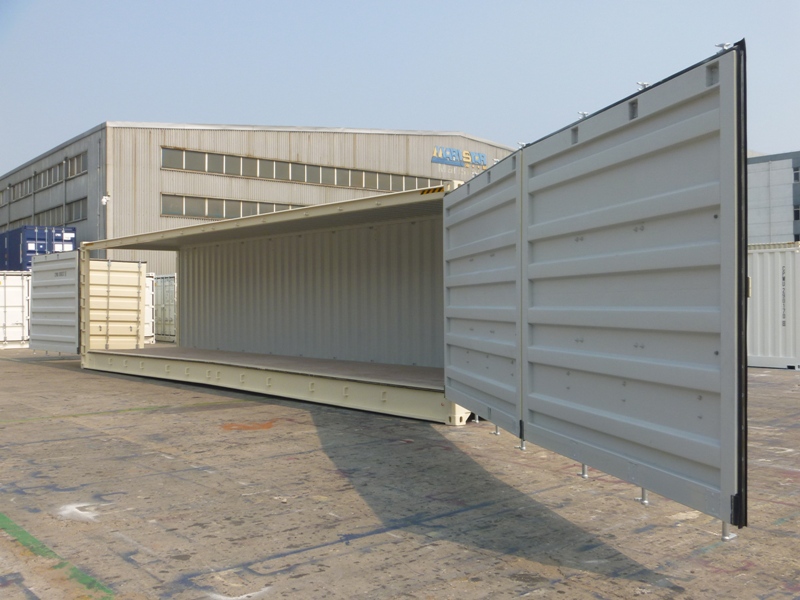How to Find the Best Deal on Used Shipping Containers
If you’re looking to buy a used shipping container, you probably want to get the best deal without compromising on quality. Whether it’s your first or second time buying, here’s how to find a great deal.
- Buy Locally for Peace of Mind
When you buy locally, you get to see the container in person before committing. This is important because online photos can be misleading. By buying locally, you can inspect the container’s condition in person and avoid any surprises.
- Consider Buying in Bulk
If you need more than one container, buying in bulk can save you money. Many suppliers offer discounts when you buy several containers at once. Plus, you can get different sizes and have extra containers ready when you need them.
- Look for Value, Not Just Price
While it’s tempting to buy the cheapest container, remember that you get what you pay for. A cheap container might need repairs soon after you buy it, costing you more in the long run. It’s often better to spend a little more on a container that’s in better condition and will last longer.
- Tips for Finding the Right Deal
- Customization Options: Some suppliers offer features like shelves or security locks to meet your needs.
- Reviews Matter: Check online reviews, like Yelp or BBB, to see what other customers say about the supplier.
- Local Expertise: Local dealers can help you navigate permits and offer delivery services.
- Know the Container Grades
Shipping containers come in different grades, which affect the price and condition:
- Grade A: These containers are in excellent condition and cost more.
- Grade B: These have minor damage but are still sturdy. They’re usually a good deal.
- Grade C: These may need repairs and are the cheapest, but could cost more over time if they’re not in great shape.
Knowing the grade will help you choose the right container at the right price.
- Delivery and Setup
When you buy a container, delivery is an important factor. Local dealers usually charge less for delivery because they don’t have to travel far. Make sure to ask about:
- Delivery fees
- Delivery timeframes
- Preparation needed at your location
Being clear about these details helps avoid surprises later.
- Choose the Right Size
Containers come in different sizes, from 10 feet to 40 feet. Think about how much space you need and if you want the container for something other than storage (like an office or workshop). If you have the space, a larger container might be a better investment for the future.
- Ask About Warranties or Returns
Some dealers offer warranties or return options on used containers, giving you extra peace of mind. If the container has visible wear and tear, ask if they offer any guarantees or trial periods.
- Watch for Hidden Costs
When buying a used container, be aware of extra costs like:
- Repairs for minor damage
- Paint or rust treatment to protect the container
- Modifications, like adding doors or shelves
These extra costs can add up, so make sure to factor them into your budget.
- Recycling and Repurposing Containers
Used containers can be repurposed for more than storage. You can turn them into a tiny home, office, or even a retail space. Ask your supplier if they can help with modifications or connect you with experts to make the changes you need.
Contact Container King
Looking for affordable used shipping containers? Contact Container King today. Whether you need a container for personal use, business storage, or a unique project, we’re here to help you find the perfect solution. Our team is dedicated to providing reliable, cost-effective options tailored to your needs.
Don’t settle for anything less than the best. Call us or visit our website today to get started!

